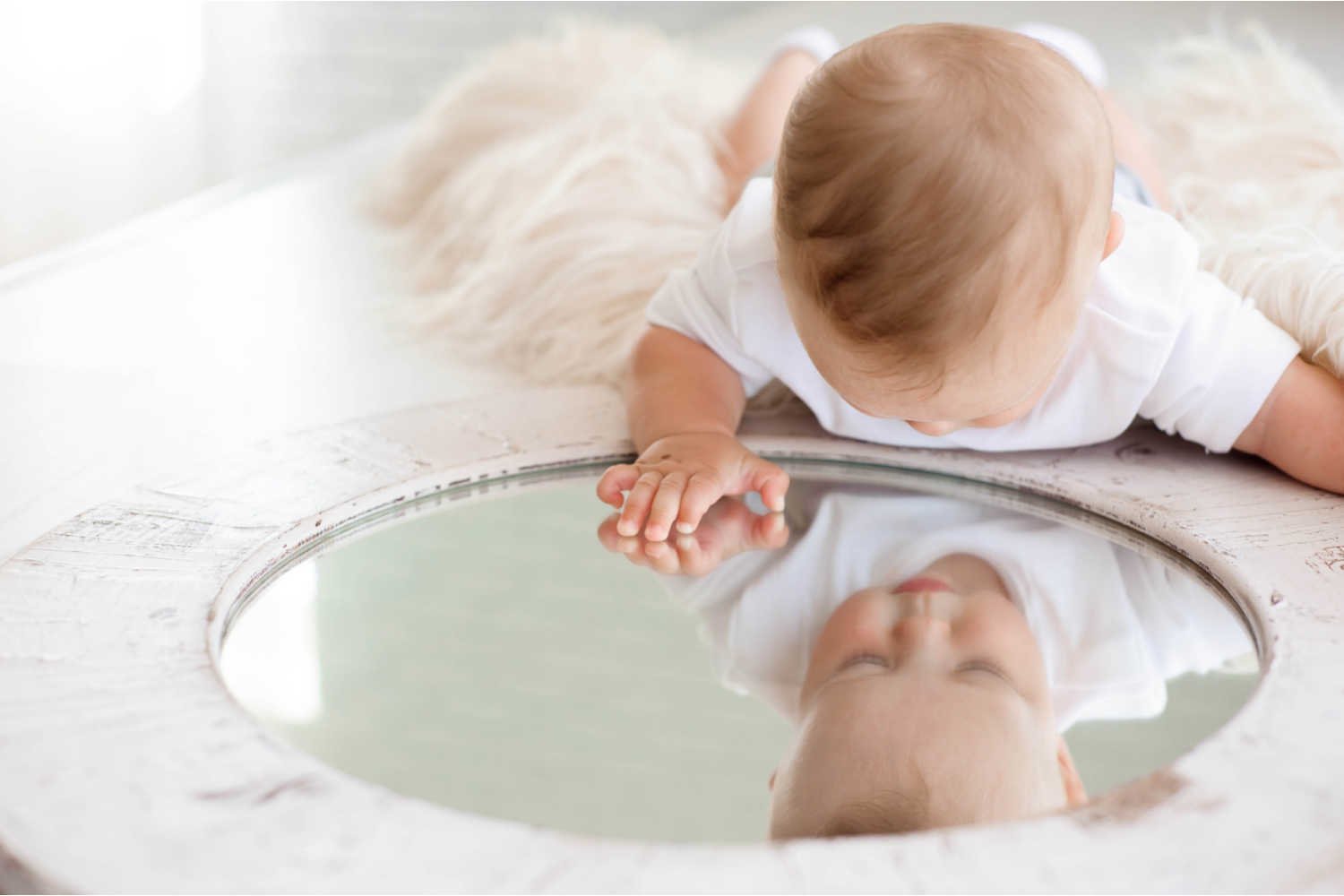

Articles
Why Do Babies Like Mirrors
Modified: January 18, 2024
Discover when babies develop an affinity for mirrors in this informative collection of articles. Explore the stages of self-recognition and learn how mirrors aid in cognitive development.
(Many of the links in this article redirect to a specific reviewed product. Your purchase of these products through affiliate links helps to generate commission for Storables.com, at no extra cost. Learn more)
Introduction
From a young age, babies are naturally curious about the world around them. They are constantly exploring their surroundings, discovering new things, and developing their senses. One fascinating aspect of a baby’s development is their relationship with mirrors. Mirrors provide an opportunity for self-discovery and play, allowing babies to observe their own reflection and begin to develop a sense of self-awareness.
In this article, we will explore the timeline of a baby’s fascination with mirrors and when they start to truly enjoy this interactive experience. We will also discuss the factors that influence a baby’s interest in mirrors and the benefits that mirror play can provide for their development.
As babies interact with mirrors, they enter into a world of wonder and exploration. They may giggle, smile, and make various facial expressions as they observe their reflection. But when do babies actually begin to enjoy looking at themselves in the mirror?
Key Takeaways:
- Babies typically start enjoying mirrors around 6-12 months as they develop self-recognition skills and become more engaged with their own reflection, leading to self-awareness and social interaction.
- Mirror play offers numerous benefits for babies, including cognitive, social, and emotional development, as well as language and motor skill enhancement. Creating a safe, interactive environment can encourage babies’ interest in mirrors.
Read more: Why Do Fruit Flies Like Mirrors
Development of Self-recognition Skills
A crucial aspect of a baby’s development is the formation of self-recognition skills. Self-recognition refers to the ability to recognize one’s own reflection or image as being oneself. This cognitive milestone typically emerges around 18 to 24 months of age, but the groundwork for self-recognition begins much earlier in a baby’s life.
During the first few months, babies do not yet have the cognitive ability to understand that the image in the mirror is their own reflection. They may appear fascinated by the mirror and react to the movement and colors they see, but they have not yet connected that image with their own self. At this stage, the mirror is simply a source of visual stimulation.
As babies grow and reach around 6 to 9 months of age, they start to develop the cognitive skills necessary for self-recognition. They become more aware of their own body and facial features, and they begin to recognize familiar faces, including their own reflection in a mirror.
However, it is important to note that the ability to recognize oneself in a mirror takes time and varies from child to child. Some babies may demonstrate self-recognition skills earlier than others.
As babies continue to interact with mirrors, they gradually begin to understand that the image they see is a reflection of themselves. This self-recognition skill is an important step in their cognitive development and lays the foundation for further social and emotional growth.
Early Responses to Mirrors
When babies first encounter a mirror, their reactions may vary. Some may show immediate interest and excitement, while others may seem indifferent or even startled by their own reflection. These early responses to mirrors provide insight into a baby’s developing sense of self and their understanding of the world around them.
During the first few months, babies might not recognize that the image they see in the mirror is themselves. Instead, they may react to the movement, colors, and shapes they observe, treating the mirror like any other visual stimulus. They may smile, reach out, or try to touch the mirror, fascinated by the reflections they see.
As babies reach around 6 to 9 months old, they begin to develop object permanence—the understanding that objects still exist even when they are out of sight. This newfound cognitive skill allows them to start recognizing that the image in the mirror corresponds to their own body movements. They may become more engaged and interact with their reflection, making facial expressions, babbling, or even imitating movements they see in the mirror.
It is common for babies at this stage to engage in what is known as “mirror self-exploration.” They may start examining their own body parts, touching their face or pulling at their hair while looking at their reflection. This behavior indicates an emerging awareness of their own physicality and the connection between their actions and the reflection in the mirror.
However, not all babies have the same reaction to mirrors. Some may show a sense of confusion or even distress when seeing their reflection for the first time. This can be attributed to the fact that they are encountering a novel visual experience and are unsure about the unfamiliar image they see. Over time, with repeated exposure and familiarity, these initial negative responses usually fade away, and babies become more comfortable and intrigued by their own reflection.
Emergence of Self-awareness
As babies continue to interact with mirrors, their sense of self-awareness begins to develop. Self-awareness refers to the ability to recognize oneself as an individual with distinct characteristics, emotions, and preferences. It is a fundamental aspect of social and emotional growth.
Around the age of 12 to 15 months, many babies start demonstrating signs of self-awareness. They may begin to understand that the image they see in the mirror is a reflection of themselves. This milestone is often marked by a baby’s recognition of their own body and an increased interest in looking at and interacting with their reflection.
One common behavior observed during this stage is self-recognition. Babies may point or touch their nose when they see their nose in the mirror, or they may smile or wave at themselves. This indicates a growing understanding that the reflection they see is a representation of their own body.
As self-awareness develops, babies also start to exhibit self-conscious behaviors. They may become more interested in their appearance and begin to groom and explore their own body in front of the mirror. They may start making connections between their actions and the resulting image they see, such as clapping their hands and then clapping along with their reflection.
It is important to note that the emergence of self-awareness is a gradual process and can vary from baby to baby. Some infants may show signs of self-awareness earlier, while others may take longer to develop this skill. Individual differences in temperament, cognitive abilities, and social environment can also influence the timeline of self-awareness emergence.
Overall, the emergence of self-awareness is an exciting milestone in a baby’s development. It reflects their growing understanding of themselves as unique individuals within the world around them.
Factors Affecting Baby’s Interest in Mirrors
While mirrors can be fascinating for babies, their level of interest and engagement may vary depending on several factors. Understanding these factors can help parents and caregivers create an environment that encourages a baby’s interest in mirrors.
1. Age: Babies’ interest in mirrors tends to evolve as they grow older. Younger infants may be more captivated by the visual stimuli and colors they see in the mirror, while older babies start to recognize their reflection and engage in self-exploration.
2. Personality and temperament: Every baby has a unique temperament, which can influence their response to mirrors. Some babies may be naturally more curious and interested in exploring their reflection, while others may be less intrigued and require more time to warm up to the idea.
3. Familiarity and exposure: Babies who are regularly exposed to mirrors from an early age are more likely to develop a positive association and interest in them. Over time, repeated exposure can help familiarize babies with their own reflection and increase their engagement with mirrors.
4. Social interaction: Babies have a natural inclination for social interaction, and mirrors can provide an opportunity for interpersonal exchange. When babies see themselves in the mirror alongside a caregiver or sibling, they may feel a sense of connection and engage in social behaviors like smiling, making eye contact, or imitating facial expressions.
5. Environmental context: The environment in which the mirror is placed can impact a baby’s interest. Placing a mirror at eye level or positioning it in an area with good lighting can make it more accessible and visually appealing. Creating a safe and comfortable space around the mirror can also encourage a baby’s engagement.
6. Parental encouragement and modeling: Parents and caregivers can play a role in promoting a baby’s interest in mirrors by actively engaging with their reflection alongside the baby. Smiling, talking, and making silly faces together can create a positive and enjoyable mirror experience. Gently pointing out body parts or imitating gestures can also help babies establish a connection between their actions and the reflection they see.
By considering these factors and adapting the environment and interactions accordingly, parents and caregivers can foster a baby’s interest in mirrors and contribute to their overall cognitive and social development.
Babies typically start to show interest in mirrors around 6-9 months old. To encourage their fascination, place a safe, unbreakable mirror in their play area for them to explore and interact with.
Read more: Why Do Babies Don’t Like Grass
Age at Which Babies Start Liking Mirrors
The age at which babies start to truly enjoy looking at themselves in the mirror can vary from child to child. However, there are some typical milestones in a baby’s development that can provide a general timeline for when they may begin to show a liking for mirrors.
Between birth and three months of age, babies are still developing their visual and cognitive skills. They may not yet understand that the image in the mirror is a reflection of themselves. However, during this time, babies are often fascinated by the movement, colors, and shapes they see in mirrors, even if they don’t recognize themselves. They may show curiosity and engage in visual exploration when presented with a mirror.
As babies reach around six to nine months of age, they start developing object permanence, which is the understanding that objects still exist even when they are out of sight. This cognitive milestone sets the stage for babies to recognize that the image in the mirror corresponds to themselves. They may begin to show more interest in their own reflection and exhibit behaviors such as smiling, reaching out, and babbling when they see themselves in the mirror.
Between nine and twelve months, babies may become more engaged in mirror play. They start to recognize their own body parts and understand that the image in the mirror is a representation of themselves. They may begin imitating movements they see in the mirror, such as waving or clapping, and may display self-exploratory behaviors, like touching their own face or hair while looking at their reflection.
By around twelve months and beyond, many babies develop a stronger liking for mirrors. They may show signs of self-recognition, such as pointing to their nose or smiling at their reflection. They enjoy interacting with their own image and may engage in social behaviors like making eye contact or imitating facial expressions. Mirror play becomes a source of amusement and self-discovery.
It’s important to note that these developmental milestones are generalized guidelines, and each baby may reach them at their own pace. Some babies may begin to like mirrors earlier, while others may take a little longer. It is also worth mentioning that individual temperament, environmental factors, and previous experiences with mirrors can influence a baby’s interest and liking for them.
Overall, the age at which babies start to enjoy mirrors varies, but it generally begins to emerge between six to twelve months of age, as they develop self-recognition skills and a deeper understanding of their own reflection.
Benefits of Mirror Play for Babies
Mirror play can provide numerous benefits for babies’ cognitive, social, and emotional development. Here are some of the key advantages of incorporating mirror play into a baby’s daily routine:
1. Self-recognition and self-awareness: Mirror play helps babies develop a sense of self-recognition, allowing them to understand that the image in the mirror represents their own body. This lays the foundation for self-awareness, which is vital for developing a strong sense of identity and personal agency.
2. Cognitive development: Interacting with mirrors stimulates a baby’s cognitive abilities. They learn cause-and-effect relationships as they move their body and observe the corresponding movements in the mirror. This promotes cognitive skills like spatial awareness, object permanence, and understanding of visual feedback.
3. Social and emotional skills: Mirror play can facilitate early social interactions. Babies often smile, laugh, and make eye contact with their own reflection, mimicking social behaviors. This can enhance their ability to engage with others and develop social skills. Moreover, mirror play provides opportunities for self-soothing and emotional regulation as babies observe and understand various facial expressions.
4. Language development: Through mirror play, babies have a chance to practice vocalizations and early language skills. They may babble, coo, and make sounds while looking at their reflection, which helps them develop their vocal repertoire and boost their language acquisition skills.
5. Motor skills: Interacting with a mirror encourages babies to explore their own movements and body parts. They may reach out, touch, and manipulate their reflection, thus promoting fine motor skills and hand-eye coordination.
6. Visual stimulation: The visual stimuli provided by mirrors can help develop a baby’s visual perception and tracking abilities. They observe shapes, colors, and patterns, enhancing their visual acuity and strengthening their ability to track moving objects.
7. Confidence and self-esteem: Mirror play allows babies to see their own reflection, which can foster a sense of self-worth and build confidence. As they gain familiarity and comfort with their own image, they may experience a positive reinforcement of their developing skills and abilities.
8. Bonding and attachment: Engaging in mirror play with a caregiver promotes bonding and attachment. It can be a shared activity filled with smiles, laughter, and joyful interactions, fostering a deeper connection between the baby and their caregiver.
Mirror play offers a wide range of benefits that support a baby’s overall development. By incorporating mirrors into their environment, parents and caregivers can create enriching experiences for babies and encourage their growth in various domains.
Encouraging Babies’ Interest in Mirrors
If you want to foster your baby’s interest in mirrors and maximize the benefits of mirror play, here are some tips to consider:
1. Create a safe and accessible environment: Ensure that the mirror is securely mounted at the appropriate eye level for your baby. Choose a location with good lighting and provide a comfortable and inviting space for your baby to explore.
2. Start with small mirrors: Begin by introducing small handheld mirrors to your baby. These mirrors are easier for them to hold and control, allowing for a more interactive experience. Gradually transition to larger mirrors as your baby becomes more comfortable.
3. Join in the fun: Sit or stand beside your baby in front of the mirror and actively engage with them. Smile, make funny faces, and encourage them to imitate your expressions. Your active involvement will enhance the interactive nature of the mirror play and make it more enjoyable for your baby.
4. Incorporate mirrors into daily routines: Make mirror play a regular part of your baby’s daily routine. Encourage them to interact with the mirror after a diaper change, during tummy time, or during playtime. Consistency and repetition will help familiarize your baby with mirrors and contribute to their interest and engagement.
5. Use mirrors during social interactions: Introduce mirrors during moments of social interaction with your baby. Hold your baby in front of the mirror while talking, singing, or playing with them. This will create a connection between their own reflection and positive social experiences, making the mirror more appealing.
6. Engage different senses: Encourage your baby to explore their reflection using different senses. Use descriptive language to describe what they see, touch their reflection gently, and encourage them to make sounds or vocalizations while looking in the mirror. This multi-sensory approach enhances their overall engagement and cognitive development.
7. Provide mirror accessories: Introduce age-appropriate mirror accessories and toys, such as mirror books or toys with reflective surfaces. These can further stimulate your baby’s interest in mirrors and make the play experience more interactive and engaging.
8. Be patient and follow your baby’s lead: Every baby develops at their own pace, so be patient and receptive to your baby’s individual preferences and reactions. Some babies may take time to warm up to mirrors, while others may show immediate interest. Follow their lead and provide support and encouragement as they explore and interact with their reflection.
By incorporating these strategies into your baby’s daily routine, you can encourage their interest in mirrors and create engaging and enriching mirror play experiences. Remember to make it a joyful and interactive activity that strengthens the bond between you and your little one.
Conclusion
Mirrors provide a captivating and interactive experience for babies, supporting their cognitive, social, and emotional development. As babies grow, their interest and engagement with mirrors evolve, starting from a fascination with visual stimuli to a recognition of their own reflection and the emergence of self-awareness.
Engaging in mirror play offers a multitude of benefits for babies. It promotes self-recognition and self-awareness, enhances cognitive and motor skills, supports social and emotional development, and encourages language acquisition. Furthermore, mirror play provides an opportunity for bonding and attachment between caregivers and babies.
To encourage babies’ interest in mirrors, creating a safe and accessible environment is important. Providing regular exposure to mirrors, engaging in interactive play, and incorporating mirrors into daily routines can all contribute to their overall engagement and enjoyment. It is essential to follow the lead of each baby, as their level of interest may vary due to factors such as age, temperament, familiarity, and social interaction.
By embracing mirror play and incorporating it into your baby’s daily routine, you can foster their development and provide them with valuable experiences. Remember to make mirror play a joyful and interactive activity filled with smiles, laughter, and positive reinforcement, allowing your baby to explore their own reflection and discover their unique sense of self.
So, let the enchantment and fascination begin as your baby explores their own reflection in the magical world of mirrors!
Frequently Asked Questions about Why Do Babies Like Mirrors
Was this page helpful?
At Storables.com, we guarantee accurate and reliable information. Our content, validated by Expert Board Contributors, is crafted following stringent Editorial Policies. We're committed to providing you with well-researched, expert-backed insights for all your informational needs.
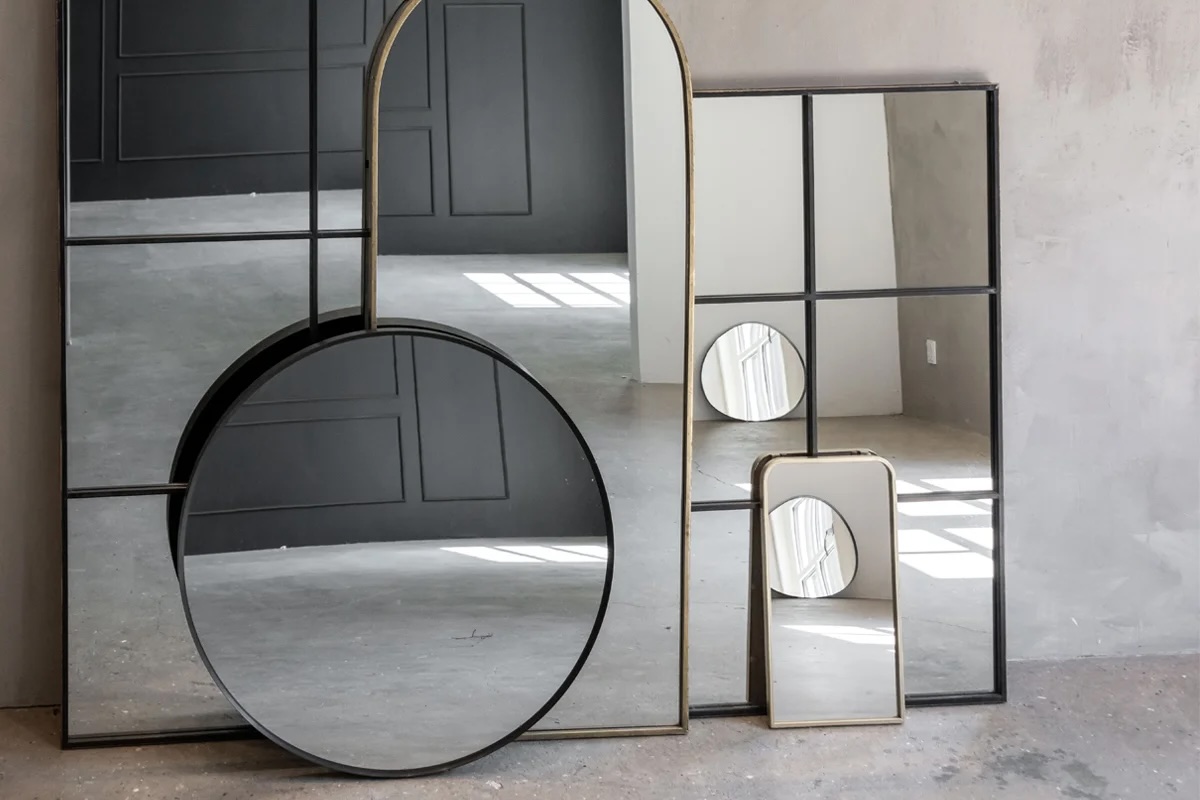

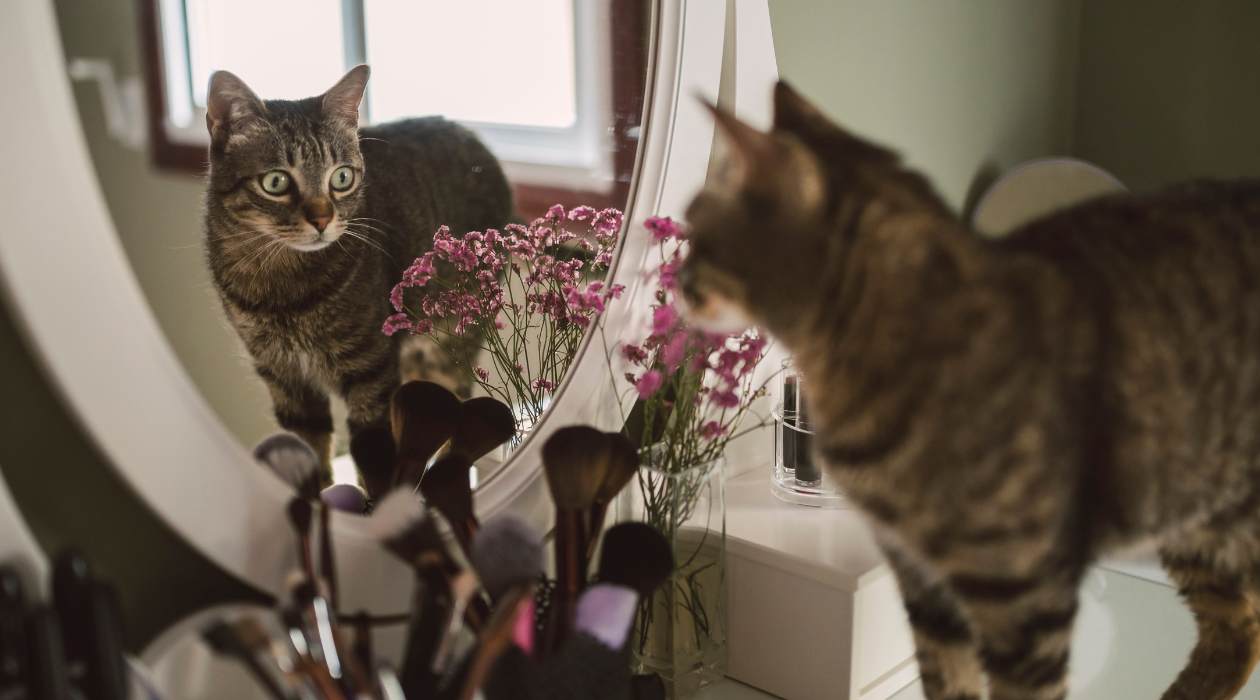

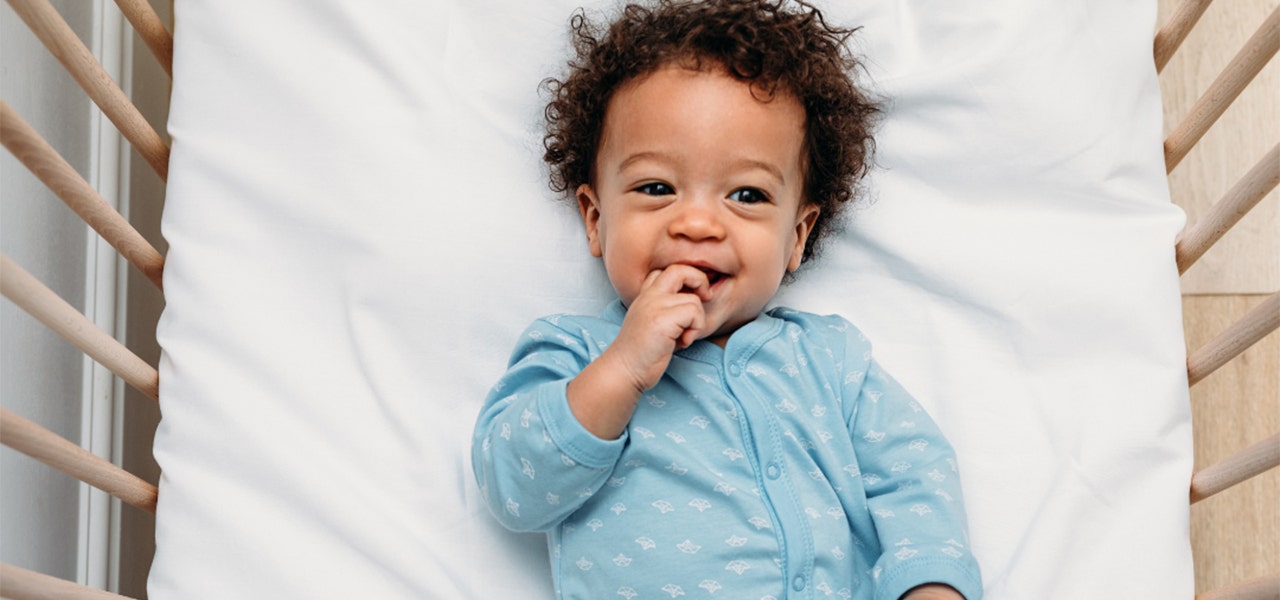
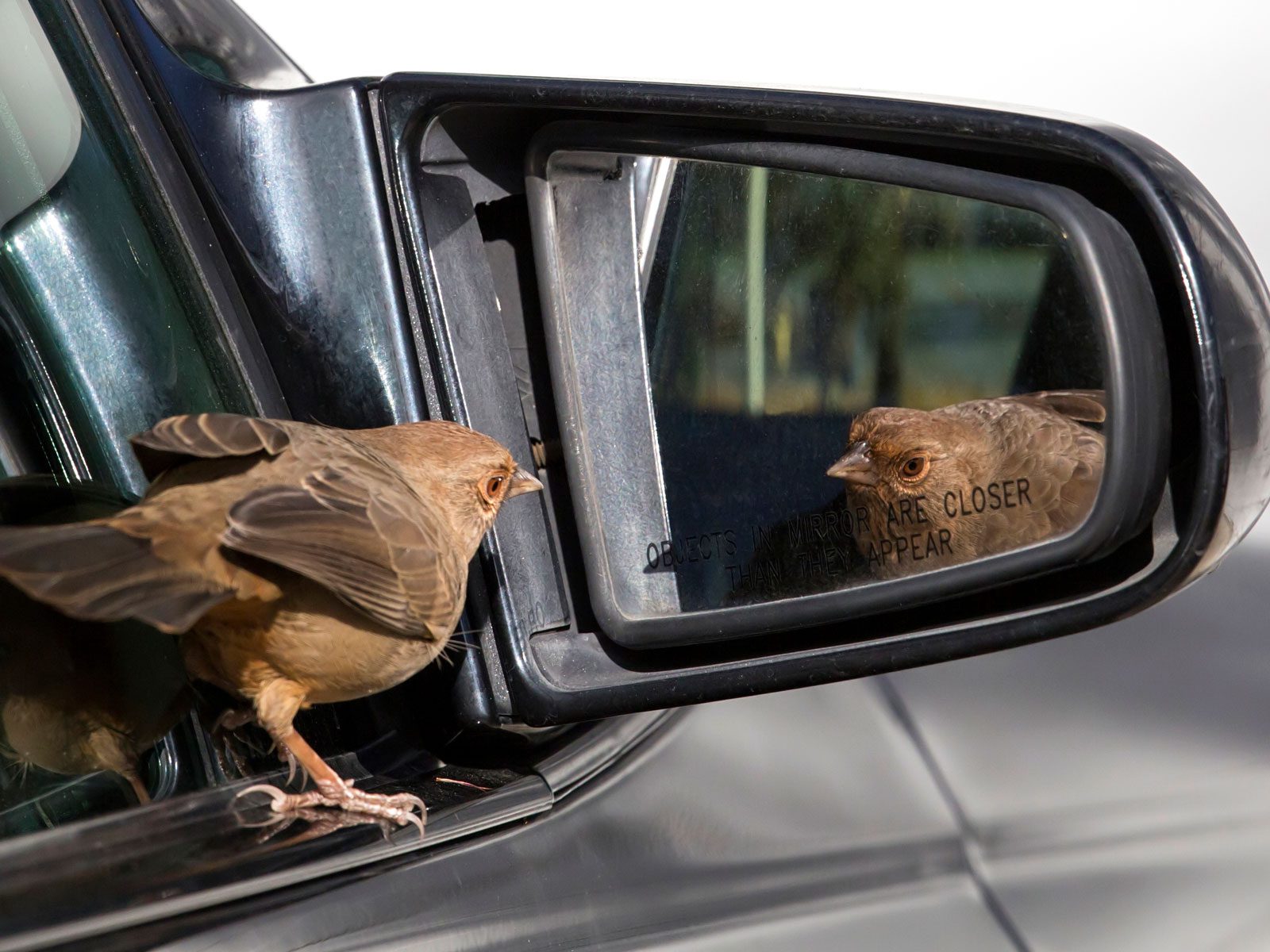
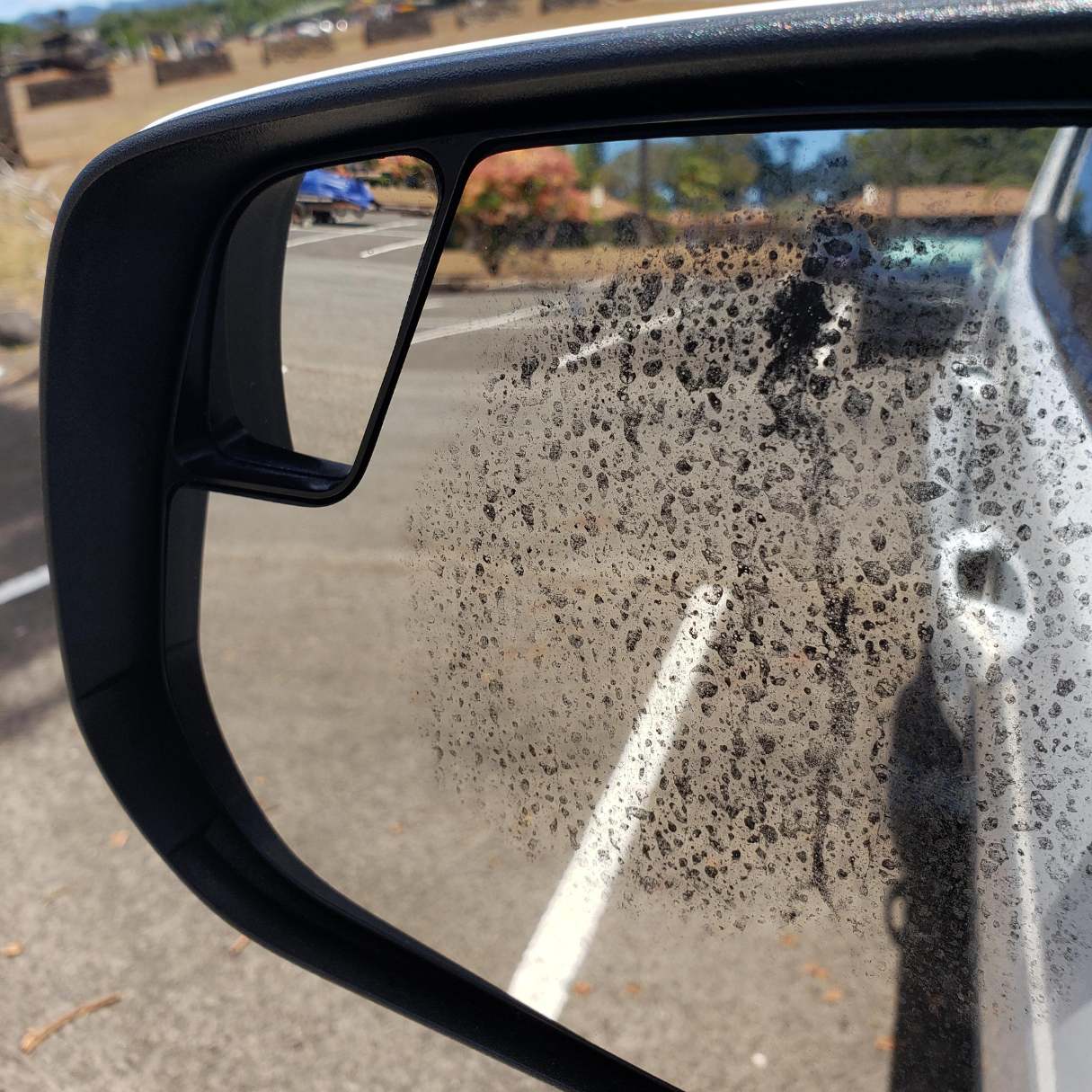

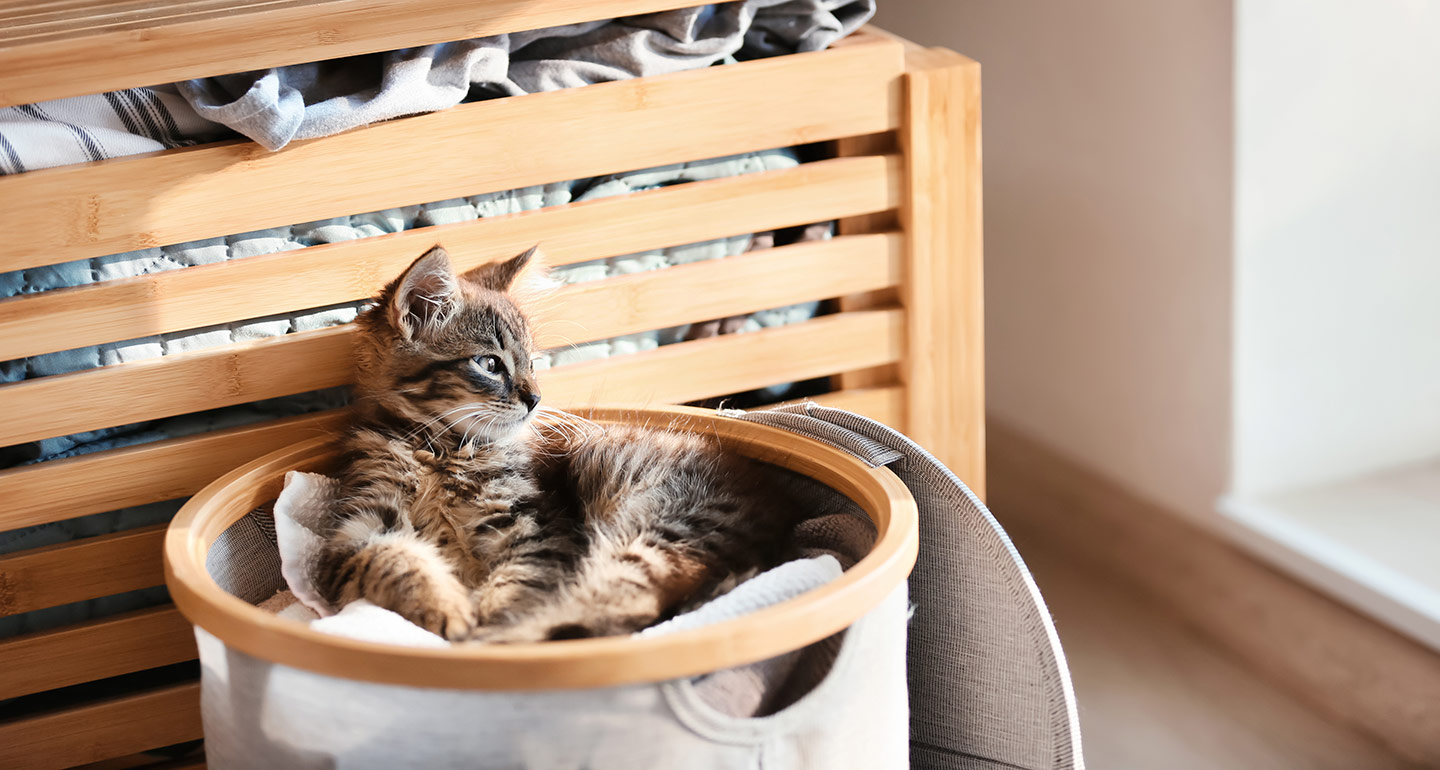
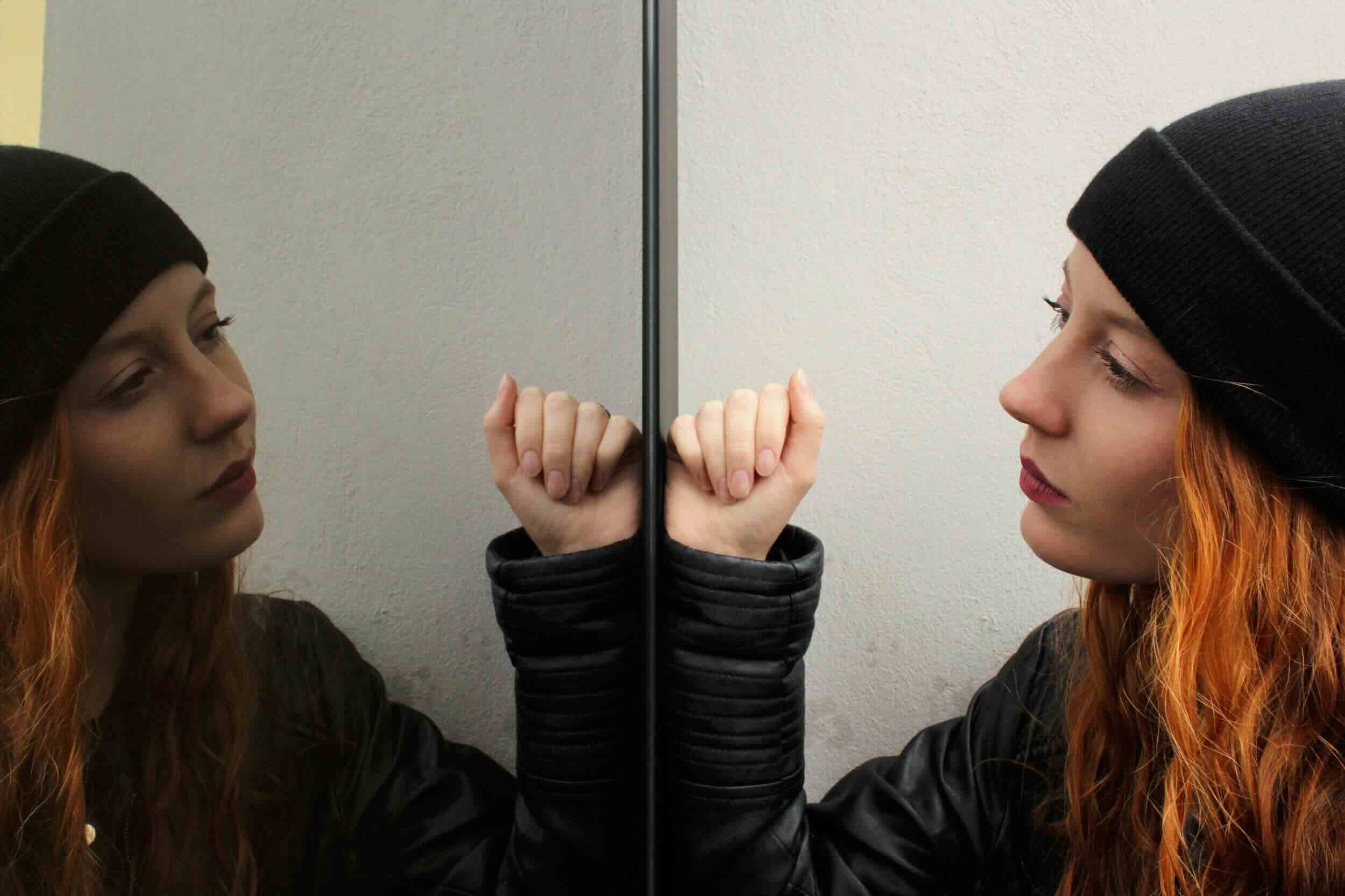
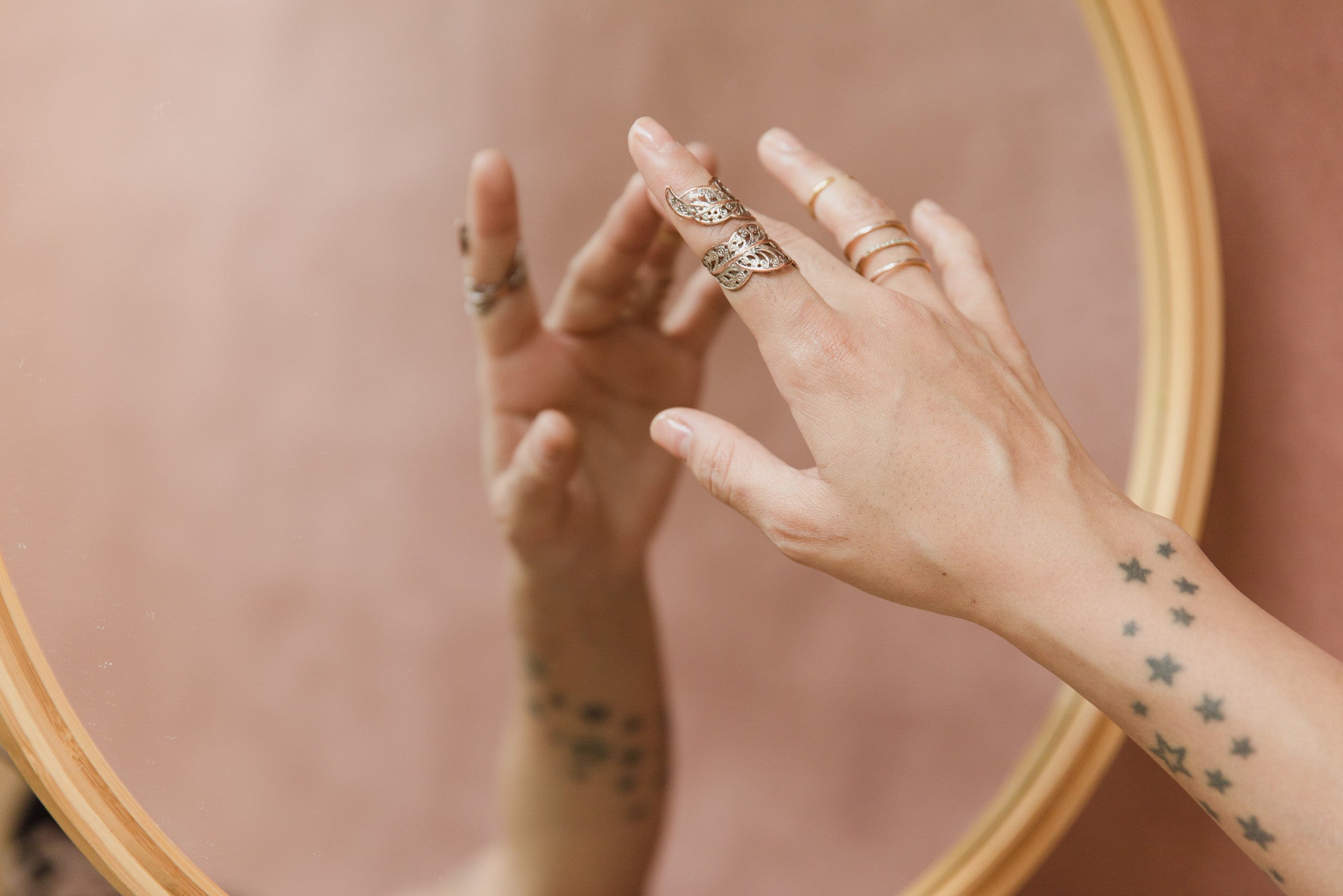
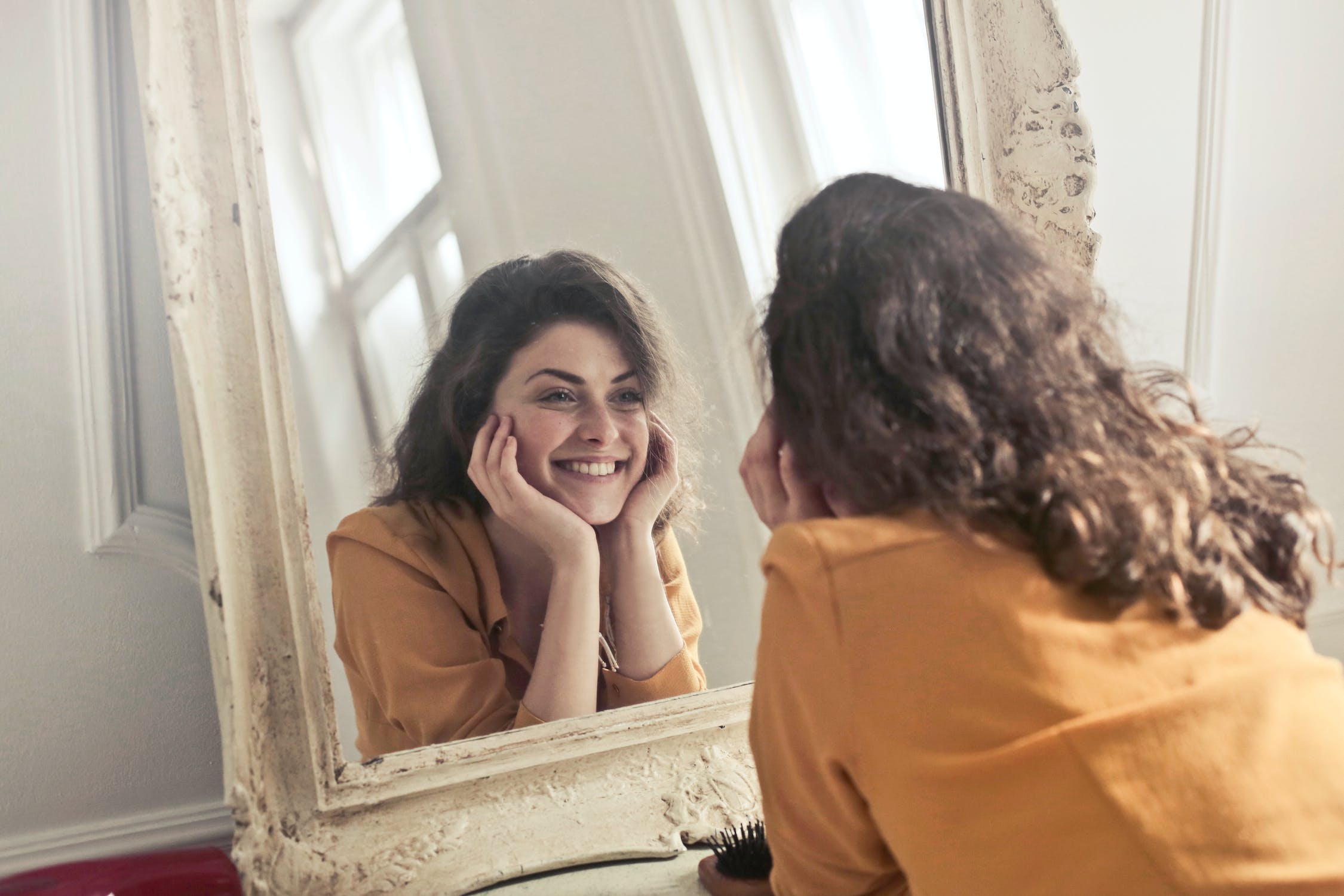
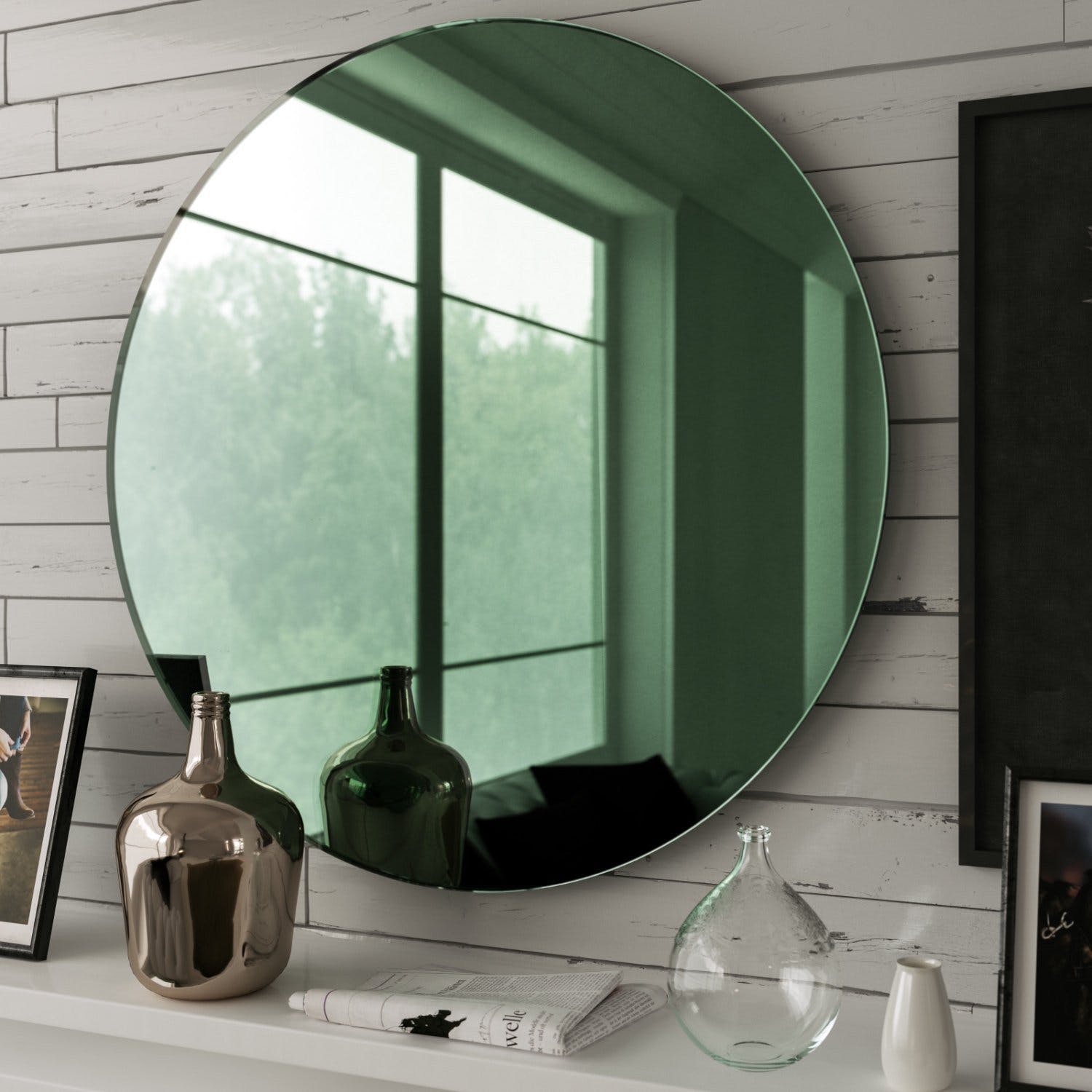
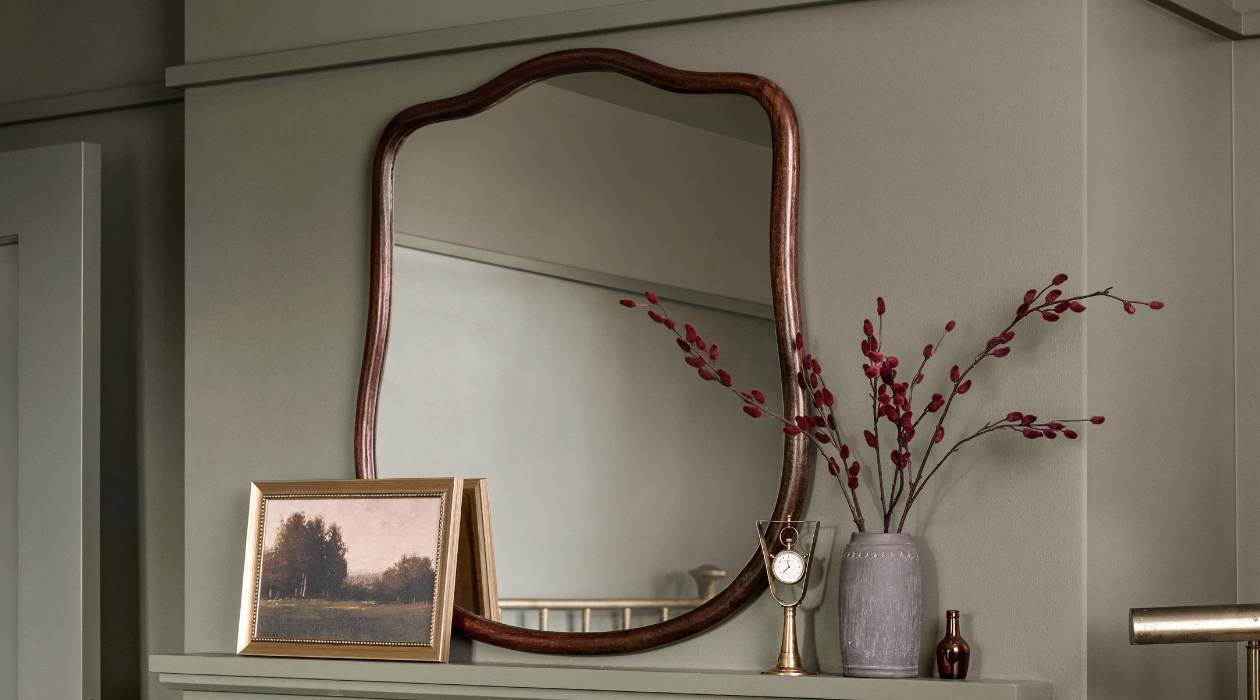

0 thoughts on “Why Do Babies Like Mirrors”